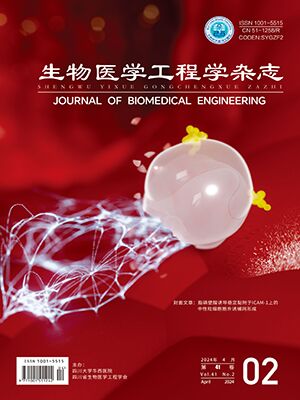New biodegradable intravascular stent can reduce risk of foreign bodies retained, thus, it is widely concerned and some of the products have been introduced into the clinic. However, the characteristic of biodegradable may lead to more safety concerns associated with thrombosis. To ensure the safety, the thrombus formation experiment in vivo needs to be carefully designed and evaluated based on GB/T 16886.4 standard, but current standard do not provide explicit testing and evaluating methods. Establishing animal model with experimental pigs, the study compares biodegradable coronary stents and metal stents by simulating clinical implantation in vivo on the thrombus formation in the implanting process, and after the short-term and long-term implantation. The evaluation methods include gross observation, digital subtraction angiography intraoperative analysis, optical coherence tomography analysis, scanning electron microscopy and so on. The results show that combining these methods could comprehensively evaluate the whole process of the thrombus formation from the beginning of implantation to the end of preclinical animal experiments, so that, it may better predict the clinical thrombosis risk, and the selection of the control was very important. The study tries to use the comparison examples of thrombosis on the new medical instrument to provide the clue for thrombosis evaluation in vivo on similar instruments and show the methodology on the preclinical evaluation.
Citation: ZHENG Liping, JIA Lifang, YUAN Tun, LIANG Jie. The in vivo thrombosis evaluation for the biodegradable polymer stent. Journal of Biomedical Engineering, 2019, 36(2): 232-237. doi: 10.7507/1001-5515.201707052 Copy




